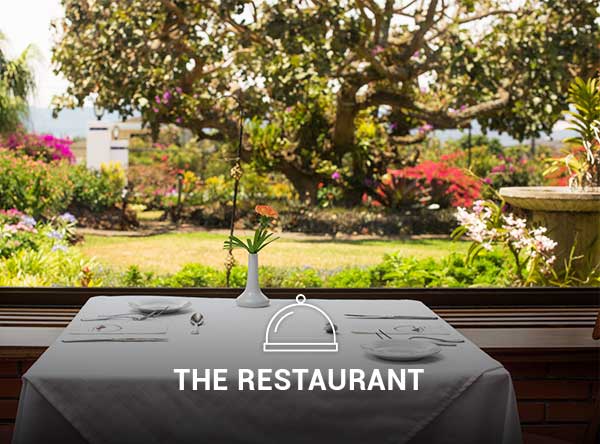
Saturday Morning Farmers Market—A Costa Rican Tradition
January 15, 2018
The Jaboticaba is blooming!
February 1, 2018In Search of Monarchs? Look No Further!
The monarch butterfly may be one of the most widely known and easily recognized of all the butterflies. With its bright orange and black markings, it calls attention to itself wherever it happens to be. The Bougainvillea is famous for its botanical garden, a small oasis of biodiversity minutes from San José, and one of the things we are most proud of is our flourishing monarch population.
In north America, the monarch migrates from colder areas to warmer ones in the winter, and Mexico is the wintering over destination for millions of monarchs. But thanks to our mild climate in Costa Rica, and the regular availability of flowers throughout the year, monarchs are permanent residents all over our country from sea level up to altitudes of 8,000 feet.
We have several milkweed flower beds on our property to entice these beauties to make their home here since this host plant is the only food source for the larvae. The grown butterflies love milkweed flowers, of course, but they happily sip nectar from many other species as well, and we have hundreds for them to choose from.



The green, white, and black striped caterpillars are easy to spot during the two weeks they spend devouring the milkweed plant. Voracious eaters, they are able to strip entire plants in a matter of hours, which is why our milkweed beds often look bedraggled, especially in late January and early February, when the caterpillars seem to be most active in our garden. We reseed constantly to give the mature plants time to recover and leaf back out, so that some milkweed is always available for our resident monarchs.
The caterpillar eventually attaches itself to the underside of a leaf and transforms into a particularly beautiful gold-studded green chrysalis, where it will begin the 9-15 day process of becoming a fully formed monarch butterfly. It will not grow any larger after emerging from the chrysalis, having attained its full size of 3-5 inches across during its formation.



As climate change and habitat loss leads to reductions in the numbers of monarch butterflies around the world, we are pleased to offer an inviting environment where they find all the natural elements necessary for thriving.
Depending on the temperature, sunshine, and humidity, our monarchs can be found all over the property, and seem happy to lead you on a chase should you wish to photograph them. So don’t be embarrassed to be seen dashing about, pointing your camera all around the flowers—we’re used to seeing our visitors in pursuit of the perfect shot of our wildlife!















